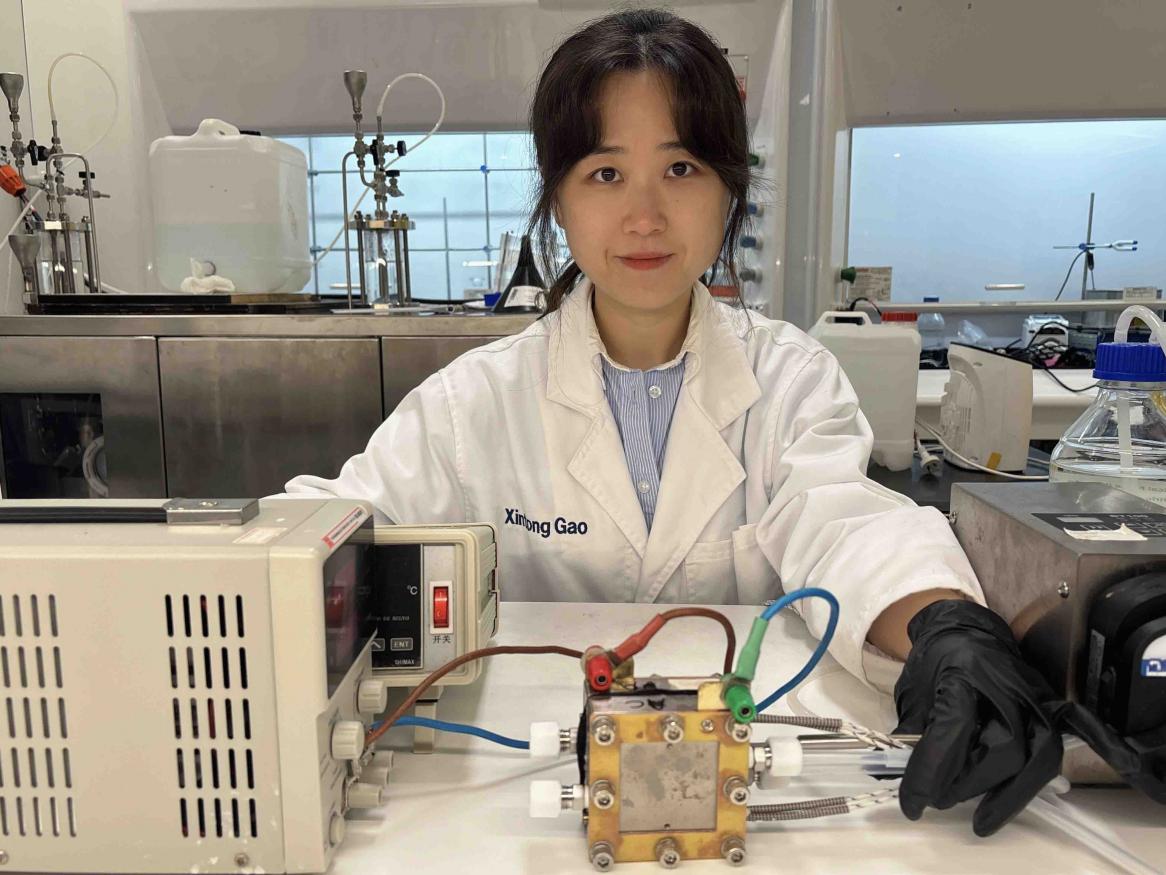Power from Pee: Scientists Turn Urine into Green Hydrogen Gold

Imagine this: The next time you flush, you could be flushing away future fuel.
That’s not science fiction—it’s cutting-edge science. Researchers have developed two new systems that can use urea, a compound found in urine and wastewater, to produce clean hydrogen fuel more efficiently and affordably than traditional methods. This revolutionary approach not only reimagines waste but also rewrites the rulebook on sustainable energy.
At the heart of this innovation is urea, a nitrogen-rich compound the human body naturally excretes in urine. While it may not sound glamorous, urea is actually an energy-rich molecule. When used as a substitute for water in hydrogen production, it significantly reduces the energy required to split molecules and release hydrogen gas—a clean-burning fuel used in everything from electric vehicles to industrial processes.
Normally, splitting water molecules to get hydrogen is energy-intensive and expensive. But when urea is present, the process—called urea electrolysis—uses up to 70% less energy. That’s a huge efficiency leap.
The research team didn’t stop at theory. They’ve designed two working systems:
A modular reactor that uses urea-rich wastewater to produce hydrogen at room temperature, slashing energy demands.
A portable system that can be powered with solar panels, enabling decentralized, off-grid hydrogen production in remote areas—or even at home.
These devices don’t just offer energy. They also help treat wastewater, reduce environmental pollution, and recycle valuable nitrogen compounds, turning a liability into a triple win.
The implications are vast:
Hydrogen is the fuel of the future, but its production has been costly and carbon-intensive—until now.
Wastewater becomes a resource, not a burden.
Urban and rural areas alike could become hubs of decentralized hydrogen production, especially in regions with limited infrastructure.
Yes, that’s the trajectory we’re on. In the near future, public restrooms, homes, and farms could double as micro hydrogen power plants. Imagine a world where flushing your toilet contributes to powering your home—or your car.
“This is the kind of innovation that flips the narrative,” said one of the lead scientists. “Where people see waste, we see possibility.”